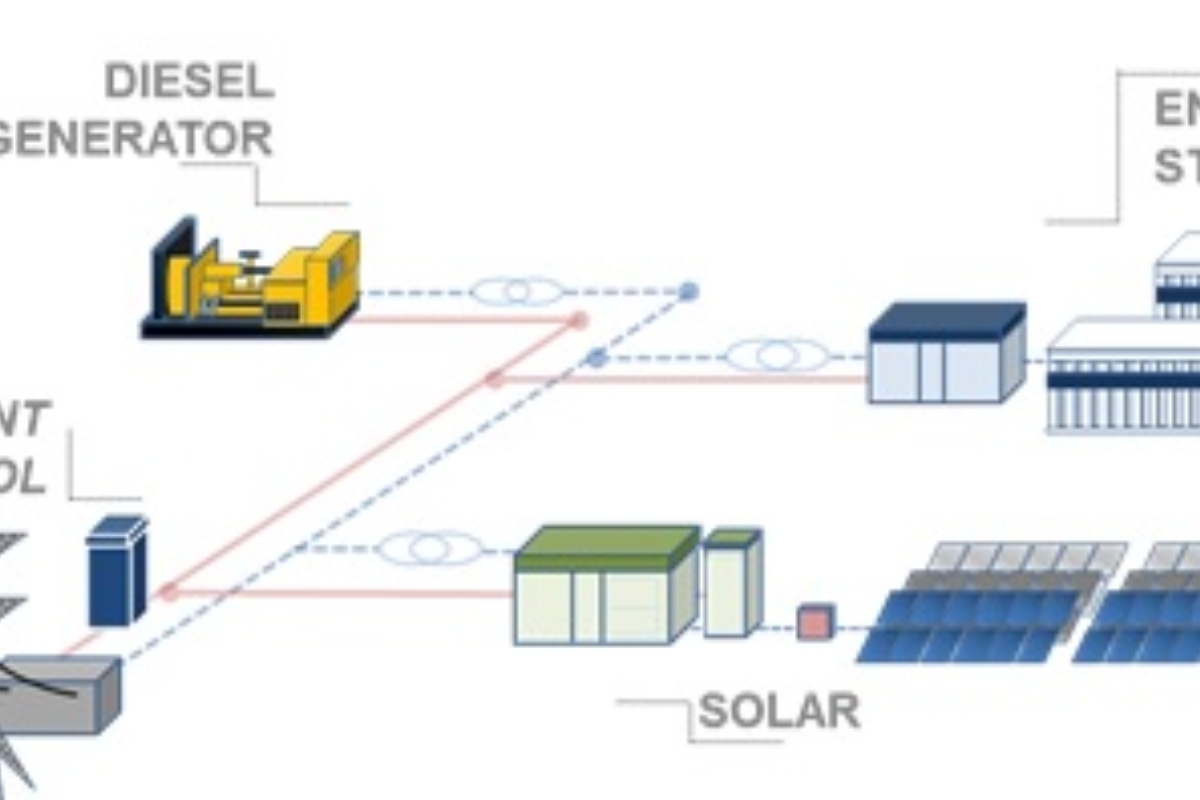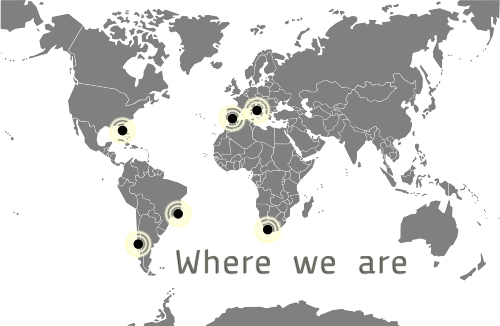Solutions to increase solar power generation in India
Author: Sergio Hurtado | Title: CTO at GPTech
Nowadays, one of the main concerns of RE plant's developers is the fulfilment of technical requirements demanded by the energy sector. The peculiarities of each market make that regulations for renewable energies integration differ from one country to another. Therefore, manufacturers of equipment and electric devices to be installed in RE plants have to adapt their products to the local normative according to requirements imposed by each government or utility. In this scenario, companies as GPTech, expert in the development of innovative devices to integrate renewable energies into the electric grid, are key partners to provide integral solutions to those countries less experienced in grid integration.

Similarly to what has happened in many other countries, the government of India promoted in June 2010 a major initiative concerning solar energy, denominated Jawaharlal Nehru National Solar Mission (JNNSM onwards). The main objective of this initiative is to drive down the cost of solar energy in order to achieve grid parity by 2017-18 with regard to other conventional sources. The number of grid connected large-scale Solar PV power plants deployed in India over the last 2-3 years was 1962 MW by October 2013. This figure overtook the number expected by the JNNSM for the first phase of its plan (1.100 MW), but there is still a long path to be traversed before achieving 20.000 MW by 2022. Additionally, in the last few years, PV solar market demands are becoming more stringent due to design constraints to achieve a constant energy production of the facility. R+D engineers are working for innovative solutions where latest power electronics technology and high integration level are the driving factors during the design process. The aim is to fulfil with the each time higher demanding technical requirements.
For the last years, GPTech has adapted its strategy to specialize as integrator. It offers to its clients the added value that gives the development of custom solutions adapted to the project needs.
The second phase of the JNNSM, which is currently ongoing, has as main objectives the encouragement of local manufacturing, the development of storage systems and the increase of connectivity and grid access for solar power. With regard to the first aim, it will be decisive to achieve strategic partnerships with local partners that know with precision the characteristics of the Indian market.
In relation to energy storage systems, many companies are already working on their own solutions. There are many indications that there is a large potential market for such systems. Energy storage technology is necessary to enhance grid stability and support a higher penetration of solar generation systems. Obviously, the storage system does not work isolated, but together with other renewable energies that can be conventional or non-conventional. In this sense, hybrid power plants combining both conventional and non-conventional energy sources become an optimum solution for countries as India, where the use of diesel-based electricity is still remarkable. This energy source is both expensive and polluting. On the other hand, solar power is still high on absolute costs compared to other conventional sources. In addition, one single PV plant entails some risks when powering a significant population due to the intermittent nature of the renewable energies. The conjunction of these three elements (storage system, Solar PV, diesel) has shown to avoid problems on grid integration and grid stability. Besides, the International Renewable Energy Agency (IRENA) has concluded that combination of storage system, Solar PV and diesel has less costs than other configurations based on diesel + storage, diesel + PV, PV + storage or diesel alone, because there is only a high initial investment.
GPTech's solution consist on a configuration for the hybrid power plant set up by a storage system based on batteries plus diesel generators, PV inverters and a central control system to coordinate both energy sources.
Batteries are nowadays the most likely form of long-term energy storage, although there are other alternatives, as water pumps or fuel cells. Nevertheless, while water pumps are used for hybrid systems that combine both PV solar and wind energies, fuel cells still present some significant disadvantages: they cannot store energy, present a slow response and difficulties to cold start, and their output voltage fluctuates with the load. Batteries, then, arise as the best option for a hybrid power plant. They act as a power conversion system that couples the converter (power module) to a distribution substation through a MV transformer. Additionally, they are able to save energy when the electric energy from the PV panels is higher than the power evacuated by the inverter, and can pour out this energy when the power generated by the system is lower than the nominal power of the inverter. Batteries working as energy storage systems achieve the enhancement of grid stability. Besides, GPTech has developed scalable solutions with large capacity batteries emulating the spinning reserve of traditional generators, with output to MV or HV. The spinning reserve represents generation capacity that is up and running, but not providing power for the grid. The stored energy is held in reserve in case there is a sudden increase in demand. Normally, batteries need larger time of response, but GPTech has achieved a spare power ready to be supplied at any moment.
Another key element for hybrid power plants provided by GPTech is the PV inverter. This device provides remote control of active and reactive power, as well as instant power regulation according to frequency and voltage variations. It works as a support for diesel generators in order to reduce the costs of producing this energy. Combination of both energy sources allows the operation in different working conditions to ensure best performance under any circumstance.
Hybrid power plants require, in addition, a central control system to guarantee optimum performance of the facility. This Power Plant Controller coordinates the different energy sources, thus enhancing the grid-integration capabilities of hybrid plants, as well as controlling reactive power supply, regulating system voltage and stabilizing weak grids. This device is the core of hybrid plants and it works as a master controller. For that reason, it is important to count on an experienced partner with a large trajectory in the development of these solutions. GPTech's knowledge on the improvement of a Power Plant Controller for stable control of wind turbines in combination to diesel plants makes the company capable of anticipating any requirement or necessity for PV – diesel hybrid plants.
The development of hybrid power plants will also help to meet the third objective of the second phase of the JNNSM: to facilitate the increase of connectivity and grid access for solar power. Other options, depending on the necessities of the grid, involve the supply of other devices as centralized PV power inverters or integrated stations. GPTech has developed Smart PV inverters characterized for a high flexibility depending on the necessities of the facility: the power operation range can be customized based on the power factor required by the plant. This means that the same inverter can work properly in different scenarios, what make it a suitable device in international markets, where the technical requirements or the ambient conditions may vary from one country to another.
For utility-scale plants, GPTech provides Advanced Power Integrated Stations (APIS). These innovative product solutions include, in a container or on a platform, two Smart PV inverters, AC/DC disconnection modules and a customized MV transformer. They are easy and fast to install, and provide all the benefits from Smart PV inverters' flexibility.
This article outlines how the need of developing products and solutions capable of adapting to different technical requirements and ambient conditions is becoming essential and how GPTech can respond to this necessity. Its large experience in wind energy, which had a faster growth than PV solar energy, makes the company a strategic partner ready to face all the difficulties derived from the youth of this sector. GPTech accompanies its clients through the whole process of the PV plant development in order to have a complete perspective of the project and supply the fittest solution for any demand.



